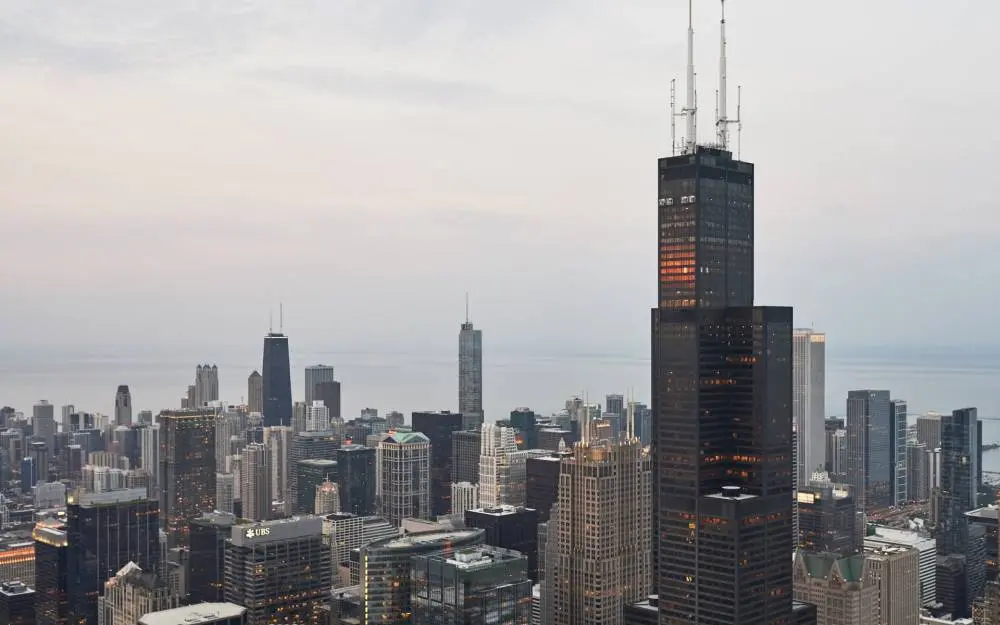Framed structures are essential components of modern engineering and architecture, providing stability, support, and strength to buildings, bridges, and other large structures. These structures are designed to resist external loads and forces while maintaining their integrity.

A framed structure consists of several interconnected elements, each playing a crucial role in ensuring the overall stability and functionality of the system.
Framed structures encompass a wide range of construction techniques utilizing various materials like steel, concrete, timber, and composites to provide stability and support for buildings and infrastructure. Common types of framed structures include steel frame buildings for skyscrapers, reinforced concrete frames for high-rise structures, and timber frame structures for residential and low-rise applications.

A construction method that utilizes steel members, such as beams and columns, to create a stable framework for buildings and other structures is the preferred choice for high-rise buildings and large-span structures.

Framing Elements Used: Steel beams and columns were employed to create the iconic 108-story skyscraper, completed in 1973, and stood as the tallest building in the world for 25 years.
A construction system that combines the compressive strength of concrete with the tensile strength of steel reinforcement, providing robust support for various buildings and infrastructure.

Framing Elements Used: The Burj Khalifa, completed in 2010, features a reinforced concrete core and perimeter walls, spiralling “Y” shaped plan, buttressed core, perimeter columns and flat plate floor construction providing the structural support for its impressive 163 floors.
Utilizes wooden beams and columns to create a sustainable and cost-effective building system.

Framing Elements Used: This eco-friendly building, completed in 2013, uses a combination of laminated timber beams and columns without the use of steel joints and braces to create a sustainable and aesthetically pleasing workspace.

These combine different materials, such as steel and concrete, to optimize their respective properties and create efficient and resilient building systems.

Framing Elements Used: The dome, completed in 1999, is composed of a steel lattice frame and tensioned fabric membrane, showcasing the versatility of composite structures.

A type of framed system with rigid connections that efficiently resists horizontal loads, often used in single-story industrial buildings and warehouses.

Framing Elements Used: Hangar 7, completed in 2003, is a steel-framed structure with a distinctive curved roof, providing an iconic space for aircraft exhibitions and events.

A type of building construction that utilizes diagonal braces to resist lateral forces such as wind or seismic loads.

Framing Elements Used: Completed in 2003, the concert hall features a steel frame with diagonal bracing elements that offer both structural support and visual interest to the iconic design.`
Framed structures represent a remarkable achievement in modern engineering and architecture. With versatility in design, cost-effectiveness, and the potential for sustainable solutions, framed structures continue to shape our built environment, offering a strong foundation for innovative and enduring buildings and infrastructure.